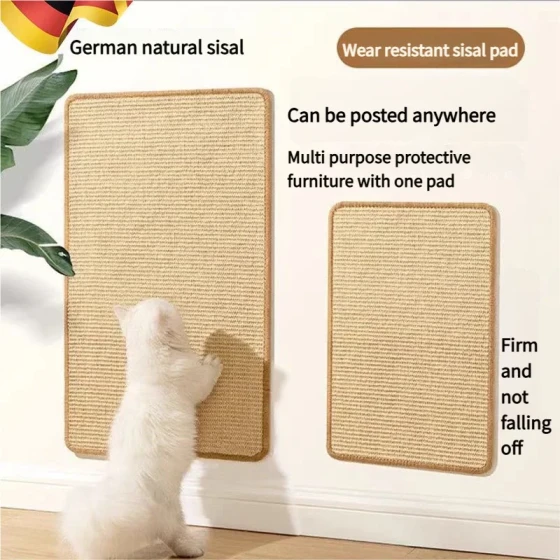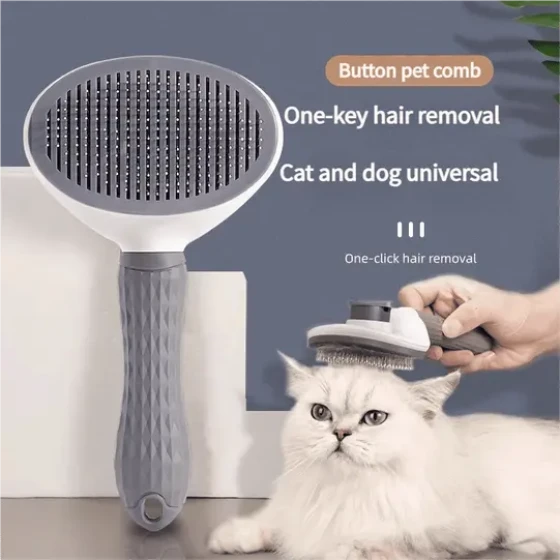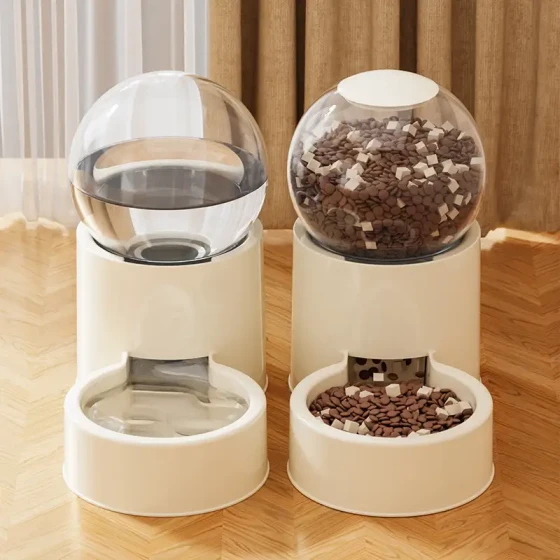Feline Infectious Peritonitis, This Disease Must Be Taken Seriously
Feline infectious peritonitis is a very dangerous disease and belongs to chronic infectious diseases. If a cat suffers from this disease, the mortality rate is extremely high. Generally, the possibility of cats recovering from this disease is almost zero, so we must be very careful not to let our beloved cats contract this disease. Fortunately, this disease has not yet occurred in our country.
This disease was first discovered in the United States, and many Western countries have found feline infectious peritonitis. This disease does not discriminate by cat breed, gender, or age, but purebred cats have a relatively higher incidence rate. Cats between six months and two years old, as well as older cats, have a higher incidence rate than other cats. This disease can start spreading in a certain area and can be transmitted through the feces of infected cats, so we need to be careful not to let our cats play in unclean places.
When cats suffer from infectious peritonitis, early symptoms are not very obvious and are generally hard to detect. The main manifestations are a decrease in appetite, reluctance to eat, poor spirits, and the cat may appear depressed. The cat’s body temperature will rise above 40 degrees Celsius. As the disease progresses, the cat’s abdomen will become increasingly swollen. If it is a female cat, people often mistakenly think she is pregnant. The cat’s physical condition will deteriorate, and when there is a large accumulation of fluid in the abdomen, the cat will have difficulty breathing, stop eating, lose a lot of weight, and the disease process may last for several weeks.
We can only keep cats away from this disease by giving them good protection. After all, cats with this disease will feel very uncomfortable, and their chances of survival are very slim. This disease is very hard to cure, so if your cat has contracted this disease, I can only give you two suggestions: one is euthanasia, because the chance of recovery is almost zero and the cat is suffering; the second suggestion is to continue treatment, trying to gain as much time as possible for your cat.



